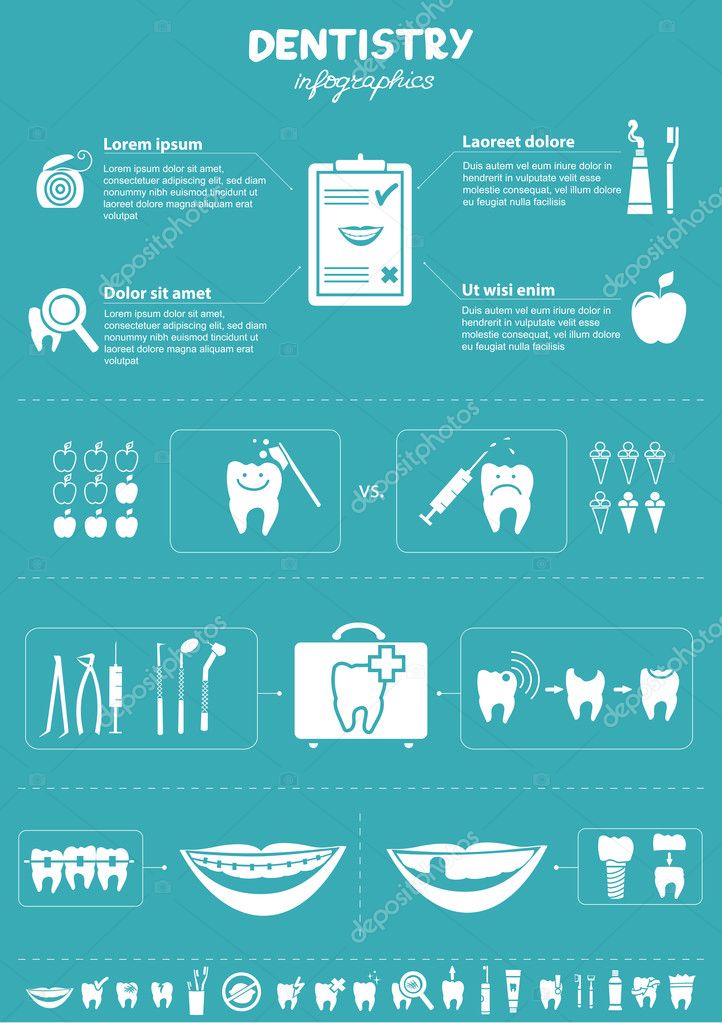Reveal The Considerable Advancements That Are Modifying The World Of Dental Surgery. Think About The Future Of This Specialty And Remain Notified. Click Now For A Very Early Look At What Is On The Horizon
Reveal The Considerable Advancements That Are Modifying The World Of Dental Surgery. Think About The Future Of This Specialty And Remain Notified. Click Now For A Very Early Look At What Is On The Horizon
Blog Article
Content Created By-Kokholm Jonasson
Welcome to the world of dental surgery, where technologies and breakthroughs are forming the future of the field! In this interesting world, you'll witness the transformative power of robotics, the cutting-edge wonder of 3D printing, and the game-changing effect of minimally invasive techniques.
The future of dental surgery holds an assurance of precision, effectiveness, and boosted patient end results. With the help of sophisticated robotics, surgeons have the ability to do complicated procedures with better precision and control.
3D printing technology is changing the creation of dental implants and prosthetics, offering tailored services that fit perfectly into each individual's one-of-a-kind anatomy.
In addition, minimally intrusive techniques are lowering post-operative discomfort and recovery time, allowing clients to return to their lives faster.
Prepare to discover the amazing innovations and developments that are reshaping the landscape of oral surgery!
Improvements in Robotics
One major advancement in dental surgery is using robotic technology, which allows for precise and effective surgeries. With the help of robot systems, dental cosmetic surgeons have the capacity to perform complicated surgeries with improved precision, reducing the risk of human error.
These robotic systems are furnished with sophisticated imaging modern technology and exact instruments that enable surgeons to browse via detailed physiological frameworks with ease. By utilizing robotic innovation, doctors can accomplish higher surgical precision, resulting in improved person outcomes and faster recuperation times.
Furthermore, the use of robotics in dental surgery enables minimally invasive procedures, lowering the injury to bordering tissues and promoting faster recovery.
3D Printing in Oral Surgery
To enhance the area of oral surgery, you can explore the subtopic of 3D printing in dental surgery. This innovative innovation has the potential to revolutionize the way dental doctors operate and treat individuals. Below are 4 key ways in which 3D printing is shaping the field:
- ** Customized Surgical Guides **: 3D printing allows for the creation of very exact and patient-specific surgical overviews, enhancing the accuracy and effectiveness of treatments.
- ** pediatric dentistry near me **: With 3D printing, oral cosmetic surgeons can develop personalized dental implant prosthetics that perfectly fit a person's unique composition, resulting in far better end results and person satisfaction.
- ** Bone Grafting **: 3D printing makes it possible for the production of patient-specific bone grafts, minimizing the demand for standard grafting techniques and improving recovery and recuperation time.
- ** Education and Training **: 3D printing can be made use of to develop sensible surgical designs for instructional purposes, allowing oral specialists to exercise complicated treatments before executing them on patients.
With its possible to boost accuracy, modification, and training, 3D printing is an amazing growth in the field of oral surgery.
Minimally Intrusive Strategies
To additionally advance the area of dental surgery, embrace the capacity of minimally invasive strategies that can considerably profit both doctors and clients alike.
Minimally intrusive strategies are revolutionizing the area by lowering surgical trauma, decreasing post-operative discomfort, and speeding up the healing process. Read the Full Posting involve making use of smaller sized incisions and specialized tools to do treatments with precision and effectiveness.
By utilizing advanced imaging modern technology, such as cone beam calculated tomography (CBCT), doctors can properly plan and execute surgical treatments with marginal invasiveness.
In addition, the use of lasers in dental surgery permits specific tissue cutting and coagulation, leading to minimized blood loss and decreased recovery time.
With minimally intrusive methods, clients can experience much faster recovery, decreased scarring, and boosted end results, making it a crucial element of the future of oral surgery.
Final thought
So, as you can see, the future of dental surgery is unbelievably appealing, with interesting technologies and advancements forming the area.
From the innovations in robotics to using 3D printing and minimally invasive strategies, oral doctors are reinventing the method they offer treatment.
While some might fret about the possible expense associated with these innovations, it's important to bear in mind that these technologies eventually boost patient outcomes and minimize healing time, making them well worth the financial investment over time.
